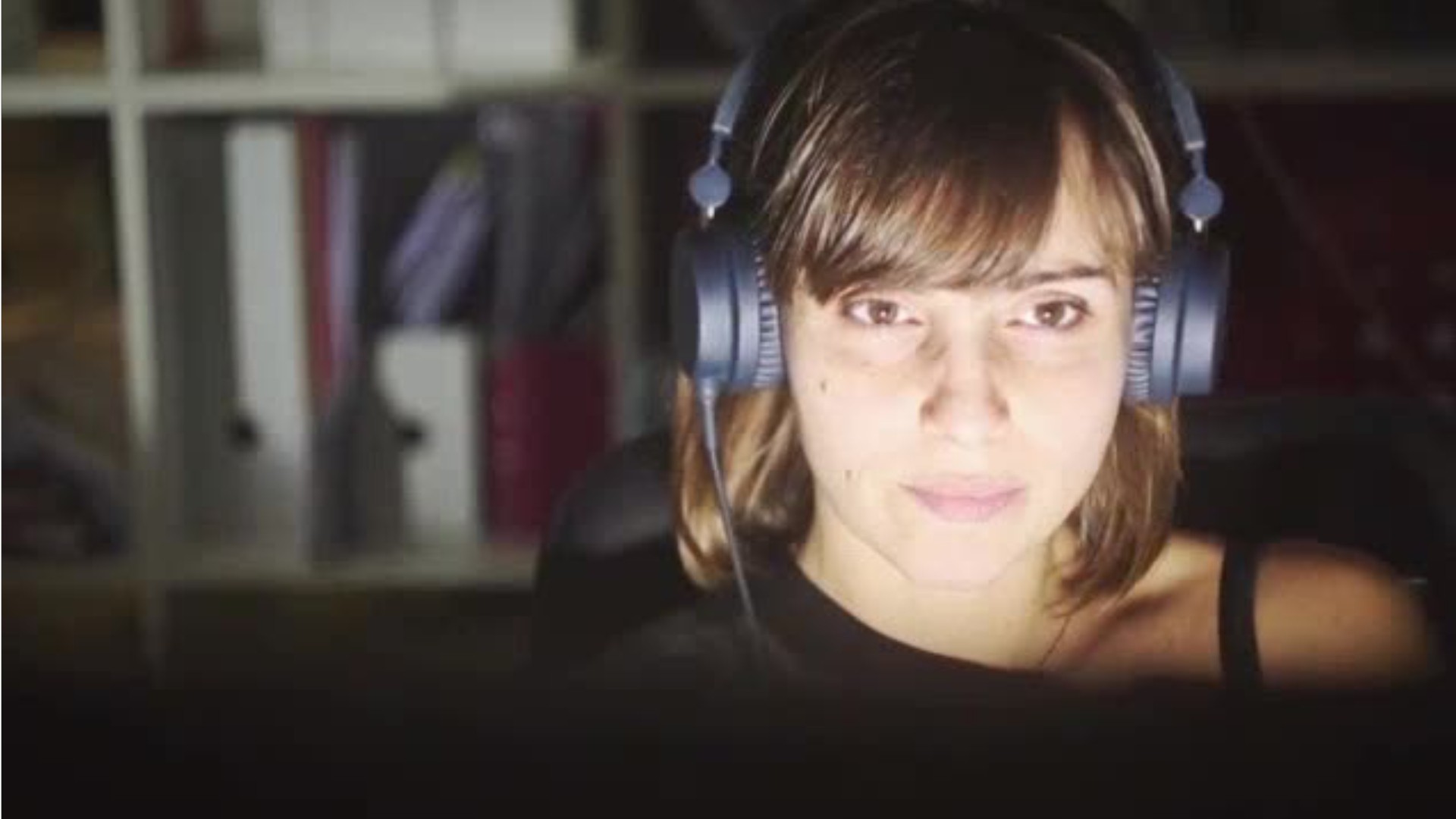Film & Video Editors
Editor, Film Editor, News Editor, Video Editor
 Select a military branch to see samples.
Select a military branch to see samples.
Public Affairs; Public Affairs Apprentice; Public Affairs Craftsman; Public Affairs Helper; Public Affairs Journeyman; Public Affairs Manager; Public Affairs Superintendent
Chief Public Affairs NCO; Public Affairs Mass Communication Specialist; Visual Information Equipment Operator-Maintainer; Visual Information Specialist
Information System Technician; Public Affairs Specialist; Public Information Specialty
Advanced Visual Information-Graphics Marine; Advanced Visual Information-Motion Media Marine; Advanced Visual Information-Photojournalism Marine; Combat Graphics Specialist; Combat Photographer; Combat Videographer; Communication Strategy and Operations Chief
Broadcaster; Communication Director; Intermediate Public Affairs Specialist; Mass Communications Specialist; Motion Picture and Television Project Officer; Multimedia Cameraman; Photographic Officer; Photojournalist Journeyman; Public Affairs Supervisor; Visual Documentation Specialist
No similar titles were found.
What they do:
Edit moving images on film, video, or other media. May work with a producer or director to organize images for final production. May edit or synchronize soundtracks with images.
On the job, you would:
- Organize and string together raw footage into a continuous whole according to scripts or the instructions of directors and producers.
- Edit films and videotapes to insert music, dialogue, and sound effects, to arrange films into sequences, and to correct errors, using editing equipment.
- Select and combine the most effective shots of each scene to form a logical and smoothly running story.
Knowledge
Communications
- multimedia
- telecommunications
Arts and Humanities
- English language
- music, dance, visual arts, drama, or sculpture
Engineering and Technology
- computers and electronics
- product and service development
Manufactured or Agricultural Goods
- manufacture and distribution of products
Skills
Basic Skills
- listening to others, not interrupting, and asking good questions
- thinking about the pros and cons of different ways to solve a problem
Problem Solving
- noticing a problem and figuring out the best way to solve it
Abilities
Verbal
- listen and understand what people say
- communicate by speaking
Ideas and Logic
- order or arrange things
- come up with lots of ideas
Personality
People interested in this work like activities that include creating, designing, and making your own rules.
They do well at jobs that need:
- Innovation
- Achievement Orientation
- Attention to Detail
- Dependability
- Adaptability
- Intellectual Curiosity
Technology
You might use software like this on the job:
Video creation and editing software
- TikTok
- YouTube
Web platform development software
- AJAX
- Cascading style sheets CSS
Graphics or photo imaging software
- Adobe After Effects
- Adobe Creative Cloud software
Education
Education: (rated 4 of 5)
bachelor's degree or
associate's degree
usually needed
associate's degree
usually needed
Job Outlook
Average
New job opportunities are likely in the future.
Explore More
- Desktop Publishers
- Editors
- Media Technical Directors/Managers
- Producers & Directors
- Special Effects Artists & Animators
You might like a career in one of these industries:
See more details at O*NET OnLine about Film & Video Editors.






